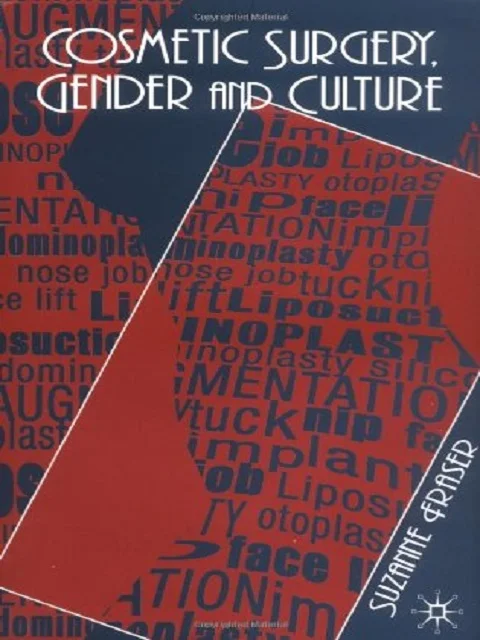Cosmetic Surgery, Gender, and Culture
Cosmetic surgery, the enhancement or alteration of physical appearance through surgical and non-surgical techniques, is deeply intertwined with issues of gender and culture. This practice goes beyond individual aesthetics, reflecting broader societal ideals about beauty, identity, and gender norms.
In many cultures, cosmetic surgery is shaped by prevailing standards of beauty, which are often gendered and influenced by media, fashion, and historical traditions. For example, women are typically encouraged to pursue procedures that emphasize youthfulness, slimness, and femininity, such as breast augmentation, rhinoplasty, or lip fillers. Men, on the other hand, may seek surgeries that enhance masculine traits, such as jawline definition or body contouring.
Gender identity also plays a significant role in cosmetic surgery, particularly in the context of gender-affirming procedures. For transgender and non-binary individuals, surgery can be an essential part of aligning physical appearance with gender identity, contributing to psychological well-being and social recognition.
Cultural context influences how cosmetic surgery is perceived and practiced. In some societies, it is a symbol of wealth, success, and modernity; in others, it may carry stigma or be viewed as a challenge to traditional values. Globalization and social media have further complicated this landscape, spreading dominant beauty ideals across borders and encouraging the normalization of cosmetic procedures.
Ultimately, the relationship between cosmetic surgery, gender, and culture is complex and dynamic, reflecting ongoing conversations about identity, agency, societal pressures, and the meaning of beauty in the modern world.
This book is available at Books Hub Pk. Order now and get home delivery all over Pakistan within 3 Working days.






